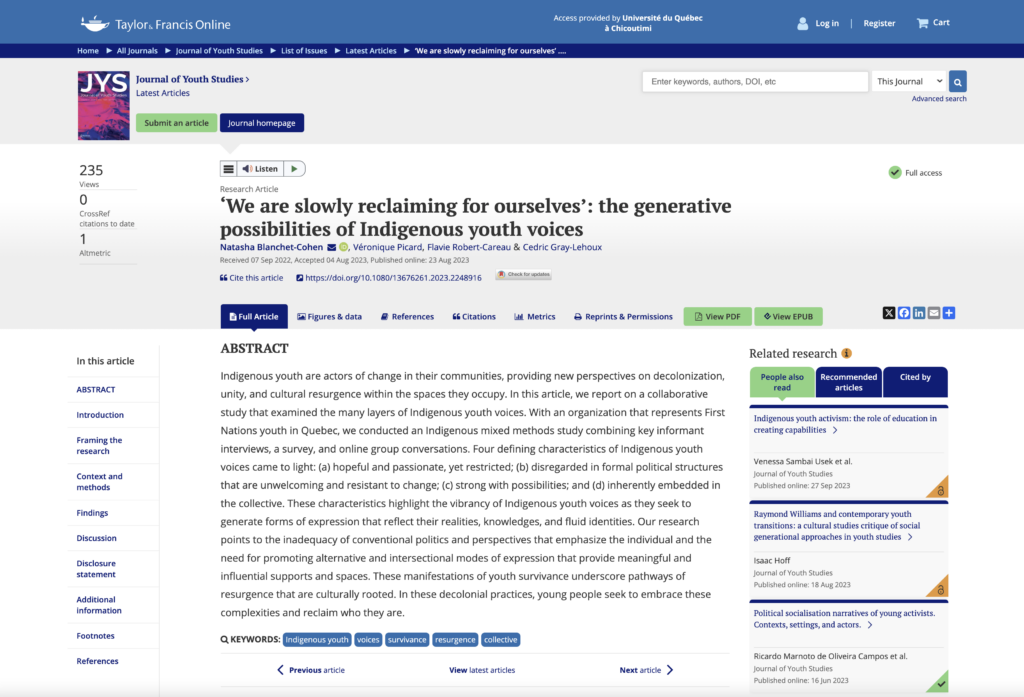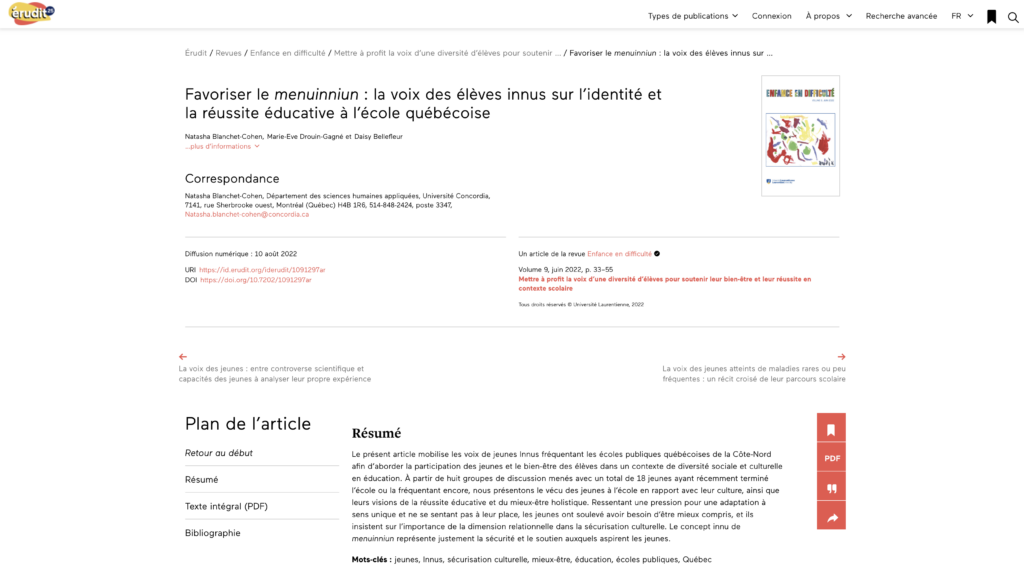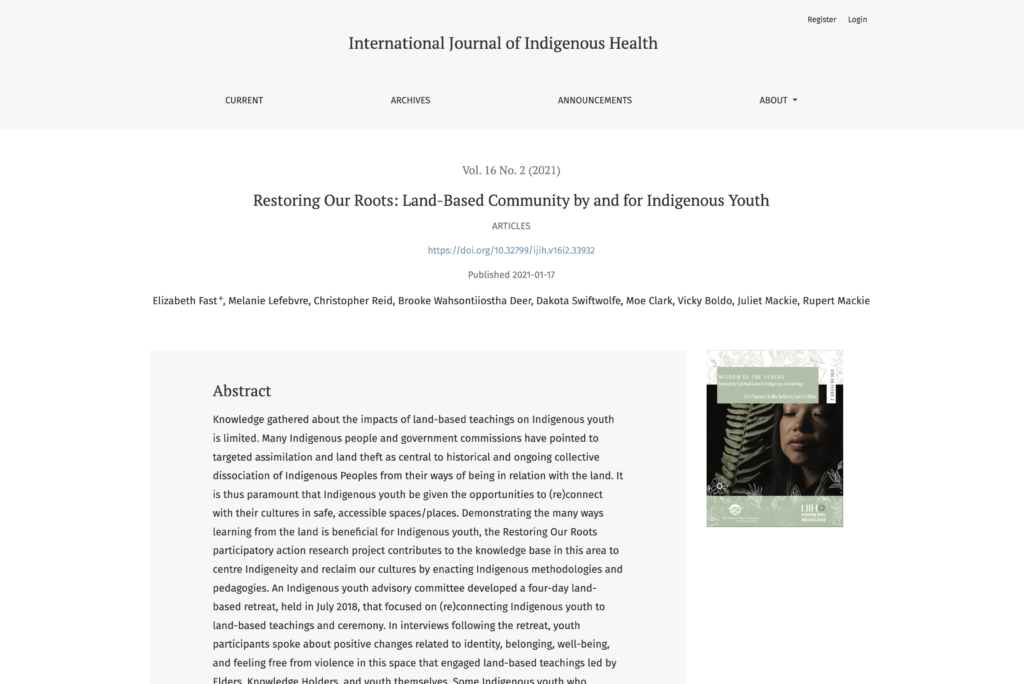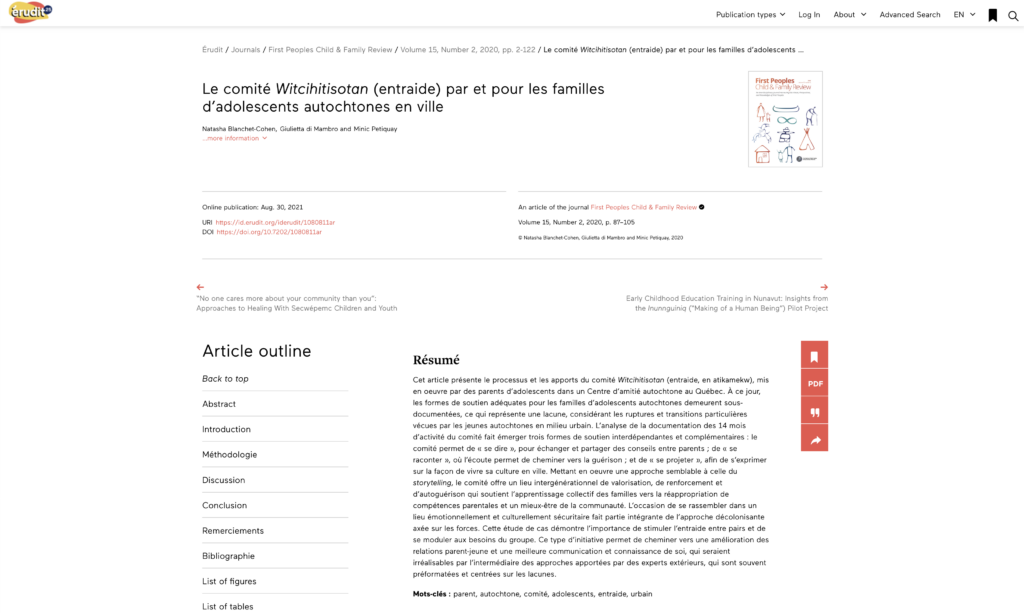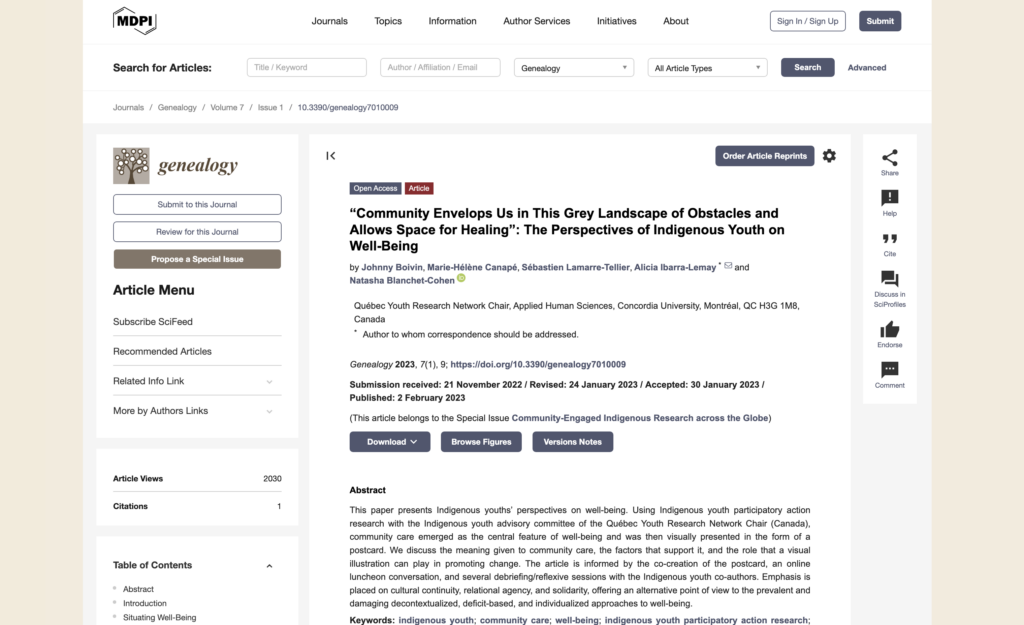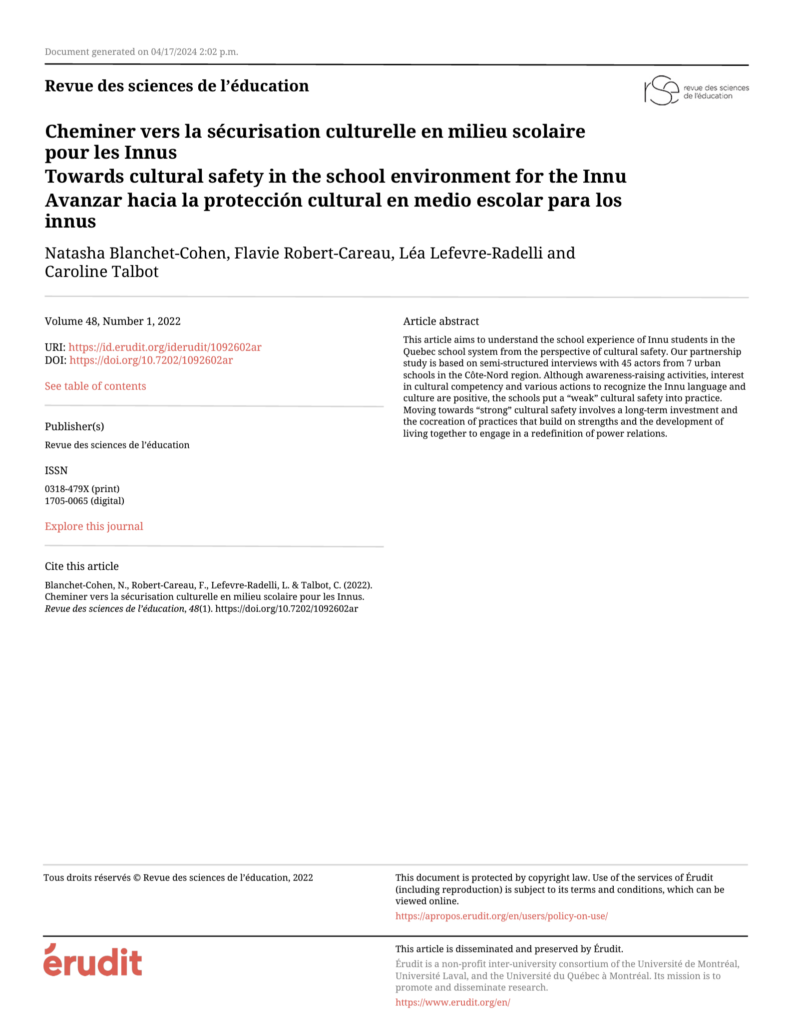Notice bibliographique
Kakinami, L., Gauvin, L., Barnett, T. A. et Paradis, G. (2014). Trying to Lose Weight: The Association of Income and Age to Weight-Loss Strategies in the U.S. American Journal of Preventive Medicine, 46(6), 585-592.
Résumé
Background : Two thirds of the U.S. population is overweight or obese, but those living in poverty are disproportionately affected. Although 30%−50% of Americans report currently trying to lose weight, some strategies may be counterproductive. Little is known about how income may be associated with weight-loss strategies.
Purpose : This study aims to determine the association between income and weight-loss strategies in the general U.S. population.
Methods : Cross-sectional data from the National Health and Nutrition Examination Survey were collected in 1999−2010 and analyzed in 2012. Annual household income was categorized as <$20,000, $20,000−$44,999, $45,000−$74,999, ≥$75,000 (ref). Analyses were stratified by age (youth: aged 8−19 years, n=3,184; adults: aged ≥20 years, n=5,643) and included sampling weights. Multivariable logistic regression assessed the likelihood of using specific strategies and utilizing strategies consistent with recommendations (such as exercising or reducing fat or sweets) and inconsistent (such as skipping meals or fasting) and adjusted for gender, age, ethnicity, and whether the person was overweight or obese. Analyses among adults were also adjusted for marital status and education.
Results : Compared to the ref, both youth and adults with household income <$20,000/year were 33% (95% CI=0.5, 0.9) and 50% (95% CI=0.4, 0.6) less likely to use strategies consistent with recommendations to lose weight, respectively. Youth from households with income <$20,000/year were 2.5 times (95% CI=1.8, 3.5) more likely to use inconsistent strategies, but this association was not observed among adults.
Conclusions : Stronger efforts to emphasize weight-loss strategies consistent with recommendations and the distinction between consistent and inconsistent strategies are needed, especially among lower socioeconomic groups.
Hyperlien
https://www.sciencedirect.com/science/article/pii/S0749379714000543Appartenance aux volets














